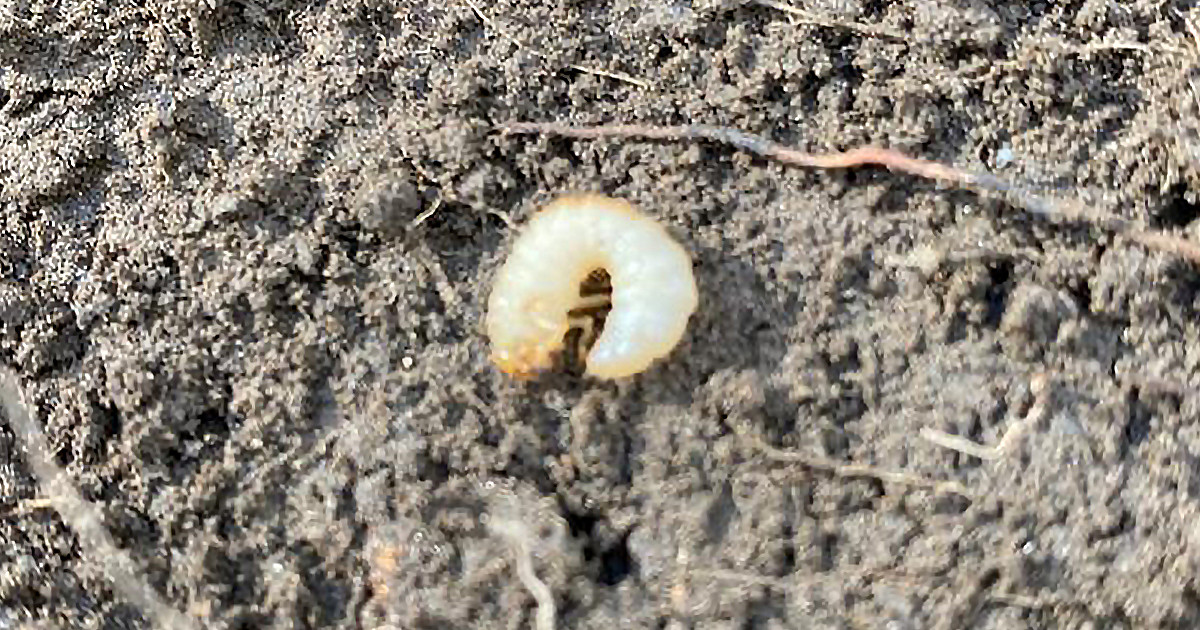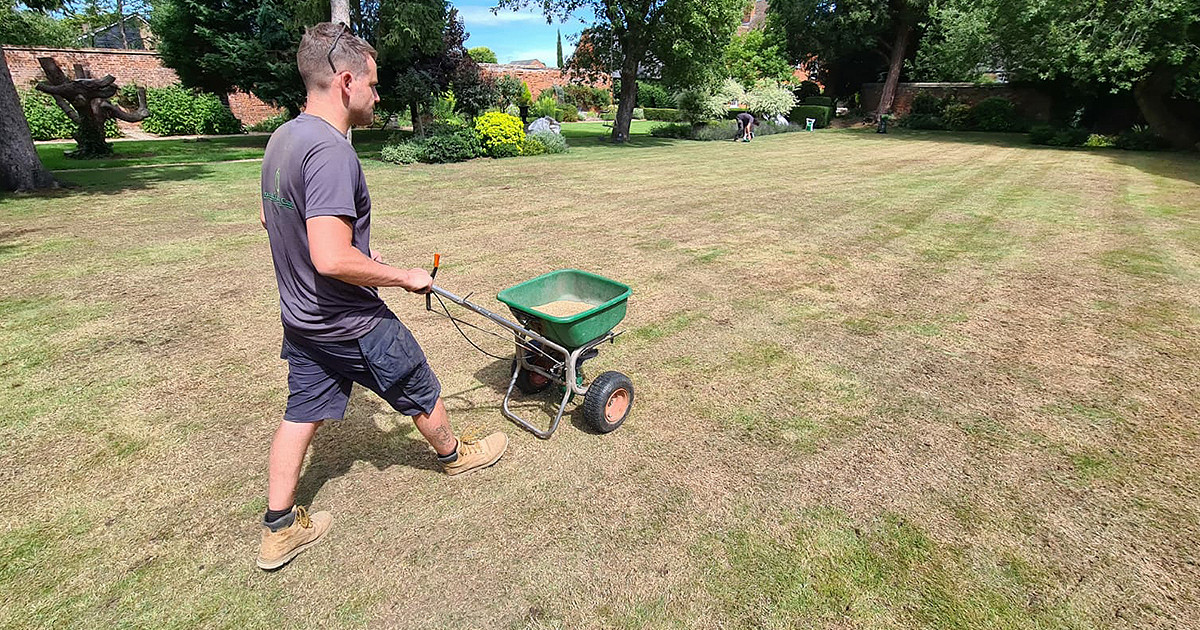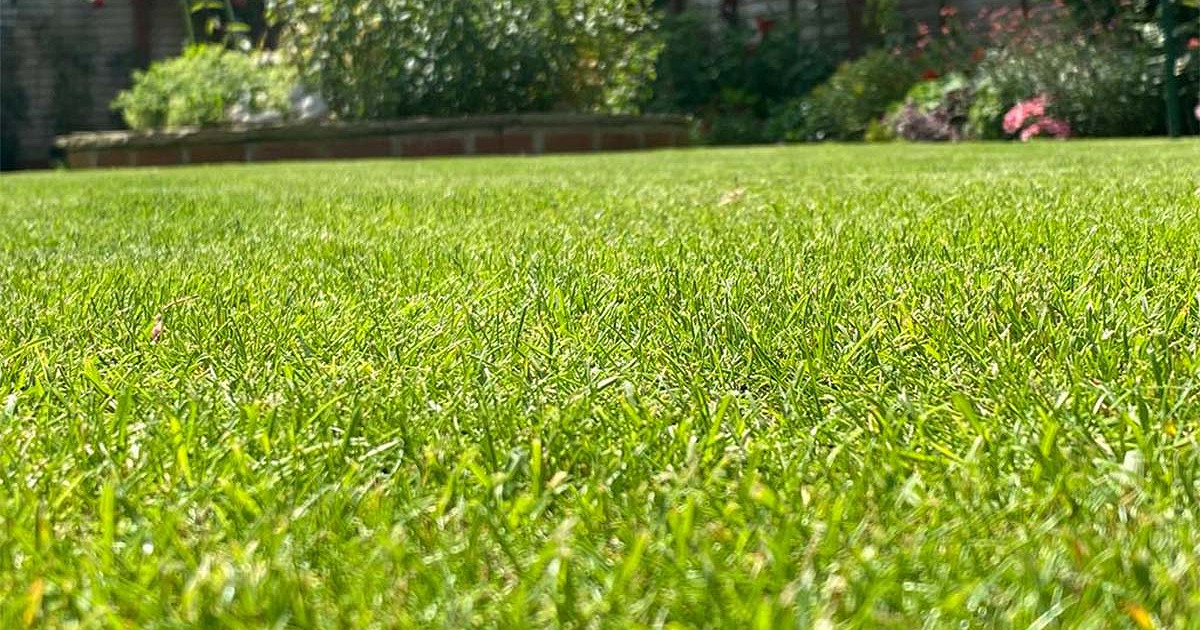Your garden should be starting to show signs of life at this time of year, and there are plenty of steps you can take to boost its prosperity. Your lawn may well be growing!
Getting started in the garden
One of the first things you can do if you’re ready to prepare your garden for the warmer months of the year is to start clearing away any fallen leaves and other debris that might be visible. It’s also a great idea to remove any weeds and add a layer of mulch to your garden borders. If you start mulching now, this will help you win the battle against weeds whilst providing nutrients to your plants before they start to grow. If you don’t have access to your own compost, you should be able to purchase it from your local garden centre or supermarket.
Consider plant supports
It’s always best to sort out plant supports before you need them to save time later. Good examples of plant supports include hydrangeas and peonies. Climbing plants including honeysuckle and clematis can also act as useful plant supports.
Get your seeds sorted
Chances are that your seed collection requires rearrangement at this time of year. Try to sort out your seeds so they are in order by planting month. This will simplify things when you’re ready to start sowing the seeds.
Pruning before spring
Consider tidying up your plants before they start to grow again. Think about cutting back ornamental grasses and pruning buddleia back to a few buds. You can also cut clematis back to a few buds above ground level.
Spring is the most active time to be in the garden. Using all the pent-up energy we’ve accrued over winter, let’s head outdoors to clean out and prepare our garden beds, repair hardscaping, do a little pruning and moving, and start the growing season off right. Here are ten things you can do to launch the spring season successfully.
Carry out an inspection
It’s wise to carry out a garden inspection as soon as spring arrives. Check for beds that require cleaning out, plant damage and rotted hardscaping elements like fences, sheds and walls. It’s best to attend to hardscaping issues as quickly as you possibly can whilst your plants are dormant. The first days and weeks of spring are ideal for planning and building new raised gardens and tidying the edging.
Examine your garden soil
It’s also advisable to assess your soil to find out which nutrients it requires and what it has too much of. If your soil is high in phosphorous you’ll need to avoid adding fertilizers that have high amounts of it. Once you’ve found out what your garden soil requires, speak to a professional at your local garden centre so they can advise you on which products to use.
By taking steps to prepare your garden for the warmer months of the year now, you can cut your future workload and spend more time enjoying your space rather than maintaining it.





